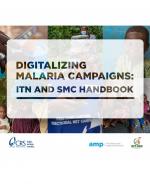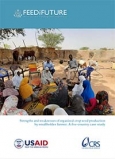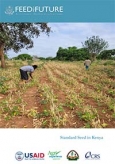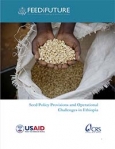Best Practices | March 1, 2023
Digitalizing Malaria Campaigns: ITN and SMC Handbook
Catholic Relief Services is an innovator and leader in the application of information and communication technologies for development (ICT4D) to assist poor and marginalized people in developing communities. The agency was an early adopter of digital tools to enable mass health campaigns, first enabling the digitalization of The Gambia’s LLIN campaign in 2014. Since then, CRS has scaled up its efforts and supported digital health campaigns, including LLIN/ITN, SMC, TB, and onchocerciasis campaigns, in over ten countries across West, Central, and Southern Africa. Today, over 80% of our malaria programs leverage technology for increased programmatic quality, impact, and reach.
This handbook represents an effort to share our learnings from a decade of implementing digital campaigns. It outlines key considerations and recommendations for the digitalization of large-scale campaigns, with the aim of helping partners better understand the people, processes, and technology solutions required to successfully digitalize their campaigns.
The handbook is divided into three main sections: People, Process, and Technology. The “People” section covers the personnel, policies, and training considerations to implement at scale. The “Process” section outlines general considerations for both SMC and ITN campaigns, device management, and warehouse assessment. Finally, the “Technology” section discusses hardware procurement and management, application selection, and other key considerations. Each section includes links to resources, considerations from past implementations, and a brief list of recommendations from our field staff.
CRS would like to thank the Optimizing-SMC project and the Alliance for Malaria Prevention for their support in producing this handbook.
For more information contact: [email protected]





